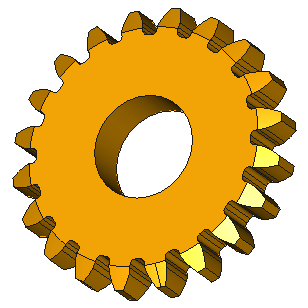NASA Voyager update - on Sept 26, one more instrument aboard Voyager 2 was turned off to conserve power - the plasma science instrument.
Over the 46 years since launch, Voyager instruments have gradually been shut off as power levels have declined by over 50%. Now just 4 science instruments remain active to study the region outside our heliosphere. See graphic below.
Note that the plasma science instrument on Voyager 1 failed and was turned off in 2007.
https://blogs.nasa.gov/voyager/2024/10/01/nasa-turns-off-science-instrument-to-save-voyager-2-power/
#Voyager
1/n
The Voyager probes are powered by radioisotope thermoelectric generators (RTGs) which convert heat from decaying Plutonium Pu-238 into electricity using thermocouples.
In 47 years, the power level has dropped by over 50% to ~223 watts.
Pu-238 has a half-life of 87.7 years, i.e., in 87.7 years, 50% of its atoms decay to uranium-234 and then to lead-206.
The bi-metallic thermocouples, which are quite inefficient to begin with, also degrade over time, leading to a net loss of ~4W per year.
2/n
Here are some key metrics on the twin Voyager spacecraft.
Let’s take a moment to marvel at the 1970s technology in these spacecraft - computing hardware/software, instruments, RTGs, thrusters, etc. - most of which are still operational after 47 years in the harsh environment of space, 22:53 and 19:04 light hours away resp., with no maintenance or repairs, just workarounds around few failures, quietly exploring where no spacecraft has explored before.
👏
https://science.nasa.gov/mission/voyager/where-are-they-now/
#Voyager
3/n@AkaSci@fosstodon.org just amazing. Great times 70s,80s :) when we we’re happy and didn’t know it :)
@AkaSci@fosstodon.org ‘harsh environment’
you mean like driving on the roads in the american northeast?
@AkaSci@fosstodon.org even if all that remains powered is the transponder and on board computers, that will be awesome.



